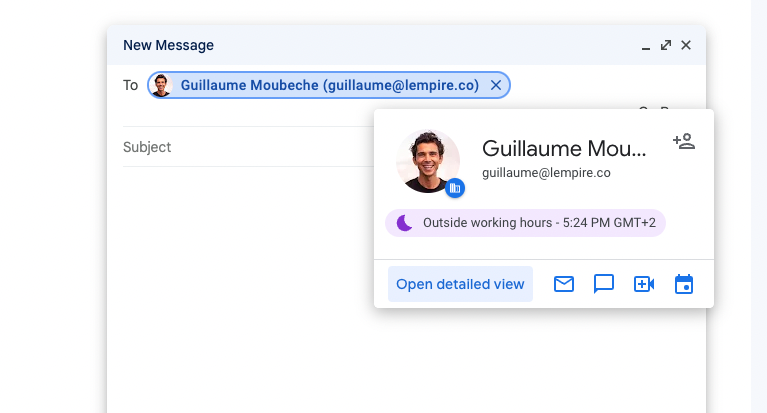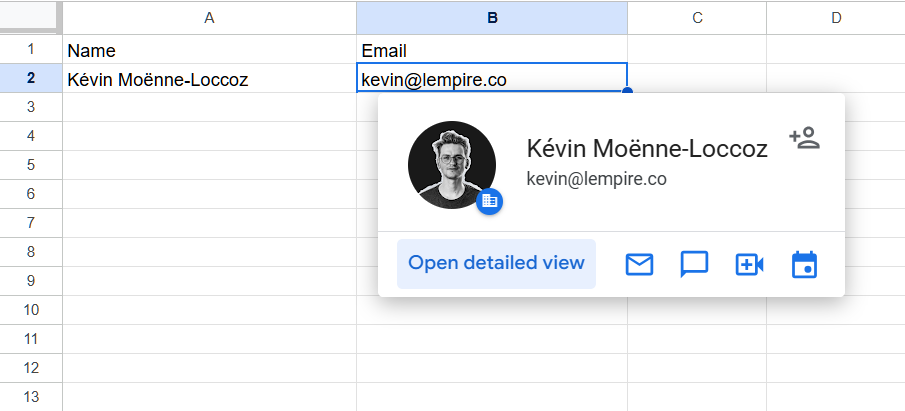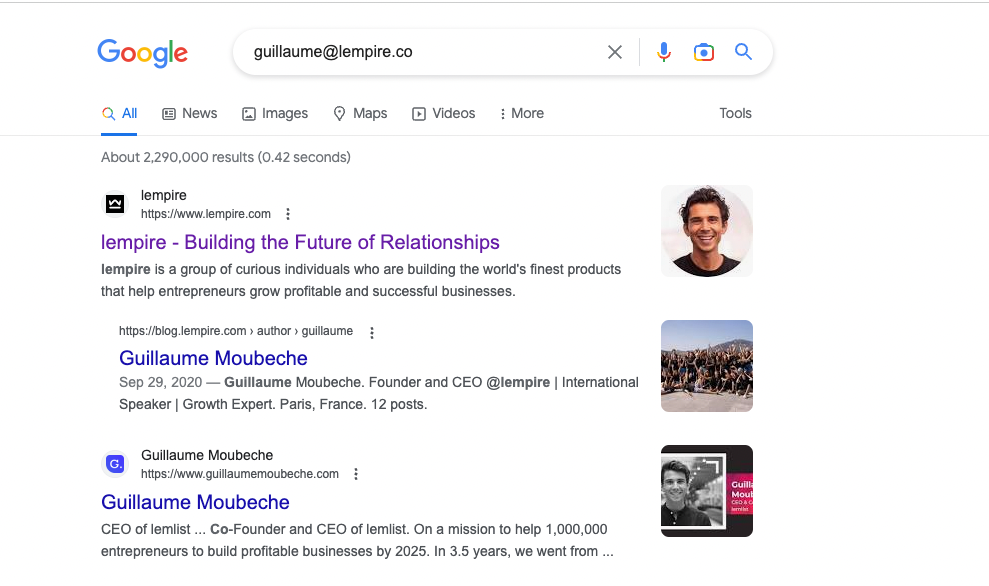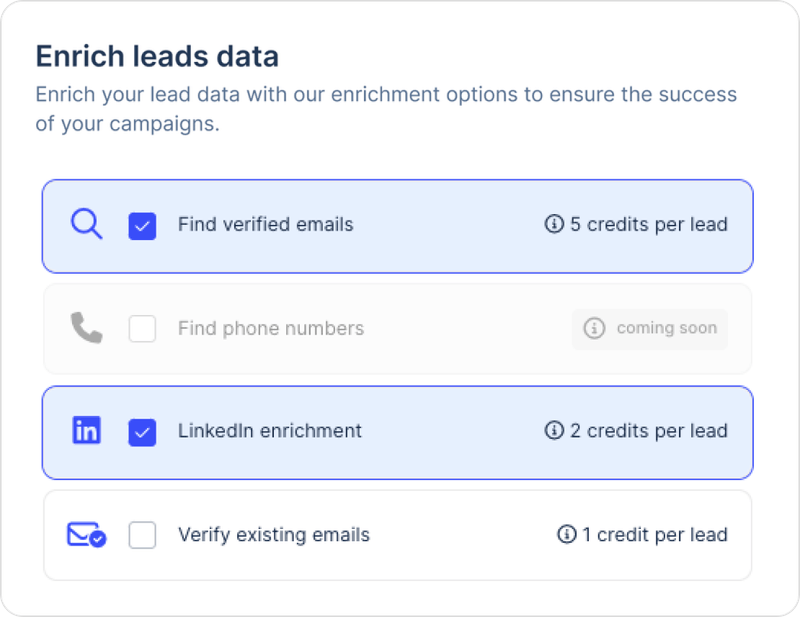5 ways to check if an email is valid without hurting your deliverability
lemwarm
July 10, 2024
|4 min read
Let’s start with one of the golden rules of any email marketing:
Don’t send to unverified emails!
Neglecting email verification will put you on a downward spiral toward the spam folder.
And who wants that?
To prevent destroying your deliverability, here are five ways to verify emails before sending to them:
Verify an email quickly and easily with our free tool 🛠️
If you quickly want to verify a single email, use our email checker below.
Just enter the (professional) email address you want to verify and hit “check email address.”
If the email checker returns a “deliverable” status, you can safely use this email address for your outreach.
window.addEventListener('message', function(event) { if (event.data.from == "iframe" && event.data.action == "resize") { let iframe = document.getElementById("myIframe"); iframe.style.height = (event.data.height + 10) + "px"; } });
Check email syntax ✔️
An email address must follow a specific syntax to be valid.
It isn't a valid email if the email address deviates from that syntax.
Note that verifying an email and validating an email are two different things. Validating concerns itself with the syntax of the email, and verification checks if an email exists and is deliverable.
So, what’s the syntax?
Well, you already know it.
- youremail@yourdomain.com
- Or: youremail@yourdomain.net
- Or… youremail@yourdomain with any other domain extension like .org or .co.uk.
Thing is:
- youremail.yourdomain.com is not an email.
- Neither is youremail.yourdomain@com.
- And, no, even youremail@yourdomain is not a valid email address.
So compare your target email address to the correct syntax. If it follows it, it’s a valid email.
But… don’t send to the email address yet!
The email’s syntax being valid does not mean it’s a verified (that is, a working) email address.
To verify the email address, you can use our email checker above or any of the other methods in this article.
“Ask” Gmail if the email is real 📧
If the email user uses Gmail as their email interface, Gmail will tell you if the email is valid.
How?
Go to compose and enter the email address in the to field. Then, hover over the email.
If an existing email uses the Gmail interface, an info box will pop up confirming that this is indeed an actual email address.

In Google Sheets, you can do the same thing when a cell holds an email address:

Search the email on Google 🔎
Sometimes, the simplest solutions are the best and the ones we least think of.
You can confirm if the email exists by running a simple Google search for the email.

Search without the quotes first, but if you get too many irrelevant results, put the email in quotes.
Important: The fact that an email appears on Google is a good first step, but it does not mean it's a verified email. To confirm that, you first have to run the email through our email checker above or any other verifier.
Use a bulk verifier ✔️✔️✔️✔️✔️
Until now, we’ve discussed how to verify or confirm the existence of single email addresses.
Professionals know that’s not very efficient.
Much better to verify a list of emails all at once.
To verify multiple emails, you need a bulk verifier.
Using a bulk verifier involves feeding it a list of emails or leads and letting it work its magic.
After processing is completed, you will know which emails on your list are deliverable, and which are not.
With the outreach tool lemlist, you can not only find leads and their emails, but you can also verify those email addresses in bulk.

Alternatively, you could use email verification services like Bouncer, Clearout, or Neverbounce.
Why sending to unverified emails hurts your deliverability ⚠️
Internet service providers keep track of your sender reputation.
Many of your emails will land in the inbox if your sender reputation is good.
If it’s poor, fewer of your emails will get delivered, and those that do may end up in the spam folder.
The concept of email deliverability is quite simple. Don’t look like a spammer!
What does a spammer look like?
Well, a spammer:
- ➡️ Sends many emails at once even when he still doesn’t have sender reputation to speak of
- ➡️ Sends spammy content spam filters love to send to the spam folder or not deliver at all.
- ➡️ Neglects his email authentication that can build trust with ISPs
- ➡️ Sends to unverified emails, which causes a lot of bounces
That last one matters a lot in the context of this article.
You see, bounces hurt your deliverability.
The more bounces you get, the more damage is done to your deliverability.
A low deliverability can cause even more bounces, which leads to an ever lower deliverability.
We bet you understand now why email verification is important for reaching your audience's inbox.